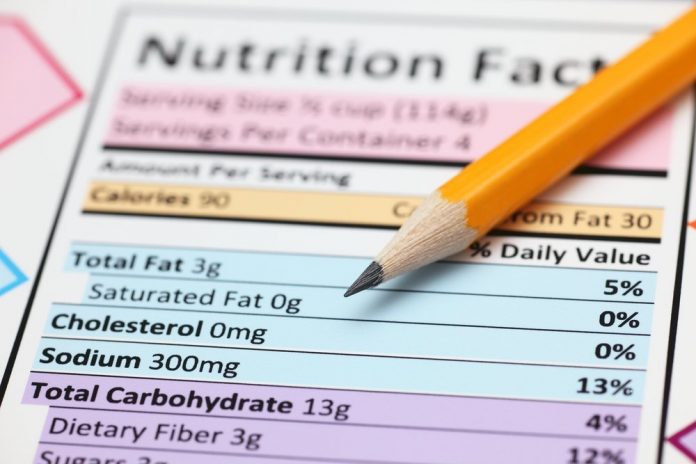There’s more to eating well than simply counting calories. When deciding what to buy at the grocery store, it’s all about nutrient value. The FDA requires all prepared foods including bread, frozen fruits and snacks to have a nutrition facts label on the packaging. Raw foods such as fresh fruits, vegetables and fish are exempt from the requirements, but that doesn’t stop some companies, like Regal Springs, from sharing nutritional information anyways. These labels can help you make healthy dietary choices, as you understand how to read them—here are our tips.
Serving Size and %DV

Both the serving size and “% Daily Value” serve as references for understanding all nutrition facts labels—this makes them especially important. In order for the rest of the label to make sense, you first have to look at the serving size as this is what all of the nutrient percentages and calories apply to. For example, if the serving size is two cups and the calories read 240, that means there are 240 calories per two cup serving. Don’t just assume that the entire package only contains 240 calories.
The second part of the label that calories and nutrients apply to is “% Daily Value.” The daily value normally assumes that you’re intaking 2000 or 2500 calories; the percentages you see beside the nutrients represent how much of each nutrient you need based on this caloric intake. This percentage is a good indicator of the nutrient richness (or lack thereof) of any food you’re considering buying.
Calories

While you don’t need to carry a calculator around with you, choosing good calories is still part of achieving a healthy, balanced diet. Healthier foods have the most amount of vitamins and other nutrients per calorie. The average person needs about 2,000 calories a day and the goal is to get 100% of all vitamins and nutrients within your caloric limit. That’s not always possible, however, so you should be more focused on reducing the bad and getting as much of the good as possible.
What to Limit

It’s impossible to avoid all foods that contain trans fat, saturated fat, cholesterol and sodium. These components are listed in the top half of the nutrition facts on the label, right under the calories. According to the American Heart Association, you should be getting most of your saturated fats (between 11–13 grams a day) from meats, fish and dairy. Trans fats, cholesterol and sodium should be watched very carefully. Choose foods that have less than 10% of your daily value of these unhealthy nutrients. Carbs might also be something you may want to limit. Select natural (or complex) carbohydrates instead of those that come from processed foods and added sugar.
What to Look For

When looking at labels, you want to focus on the nutrients in the bottom half of the label. This includes protein, vitamins, calcium and iron. If possible, choose foods that have a daily value of 20% or more of these nutrients. Take Regal Springs Tilapia, for example. This fish is one of the most nutritious on the market and we all know that it’s packed with protein. One serving of this tasty fish makes up for roughly 50% of your daily value of protein, so you can ditch the red meat and choose a healthier alternative.
It can be hard to calculate daily values and count calories throughout the day. So don’t! Use our fast facts and tips to make healthy choices when buying groceries. In time and with a little practice, you won’t have to read the nutrition facts every time you pick up a product.
Image Credits: Ekaterina_Minaeva / Shutterstock, ArpornSeemaroj / Shutterstock, Bugtiger / Shutterstock, Brian Chan, Regal Springs






